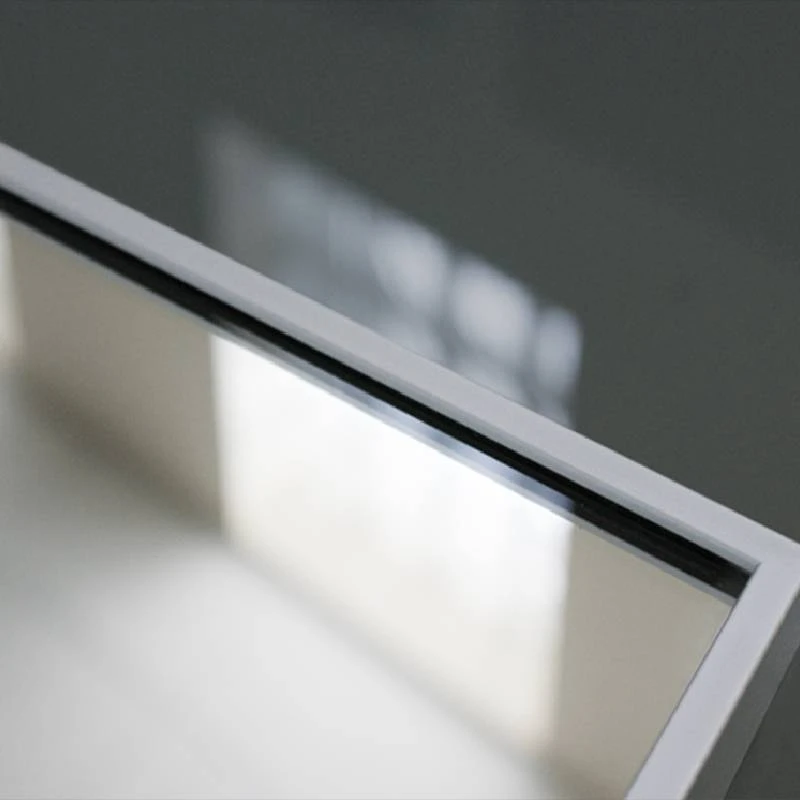

Understanding Low-E Tinted Glass Benefits and Applications
Low-emissivity (Low-E) tinted glass has become an essential component in modern architectural design and energy-efficient buildings. Its unique properties not only enhance the aesthetic appeal of structures but also provide significant benefits in terms of energy savings and environmental impact. This article explores the characteristics, advantages, and applications of Low-E tinted glass, highlighting its significance in today’s construction industry.
At its core, Low-E tinted glass is a type of glass that has been coated with a thin layer of metallic oxides, which reflects a portion of solar energy while allowing visible light to pass through. This coating helps to control heat flow, making it a valuable addition to windows and façades. The tinting comes in various shades, allowing architects and designers to choose the right level of darkness to suit their specific aesthetic and functional needs.
Understanding Low-E Tinted Glass Benefits and Applications
Moreover, Low-E tinted glass also provides significant UV protection. The coating effectively blocks a considerable percentage of harmful ultraviolet rays, which can cause fading of interior furnishings, artwork, and flooring materials. Homeowners and businesses can thus maintain their interiors' aesthetic integrity while benefiting from reduced glare, making spaces more comfortable for occupants.

In addition to its thermal performance, Low-E tinted glass contributes to the overall sustainability of a building. By improving energy efficiency, it helps reduce carbon emissions associated with energy production. As more architects and property developers prioritize environmentally friendly building practices, the demand for Low-E tinted glass continues to rise. Many green building certifications, such as LEED (Leadership in Energy and Environmental Design), recognize the benefits of using such high-performance glazing products.
The versatility of Low-E tinted glass extends to a wide range of applications. It is applicable in residential, commercial, and industrial settings. In homes, it can be used in windows and sliding doors, enhancing energy efficiency without compromising on aesthetics. In commercial buildings, it can create stunning façades that reflect sunlight while ensuring comfortable indoor temperatures. In skyscrapers, Low-E tinted glass not only improves energy performance but also adds a sleek, modern look that attracts tenants and visitors alike.
When considering the installation of Low-E tinted glass, it’s essential to collaborate with experienced professionals who can assess the specific needs of a project. Factors such as orientation, climate, and building design play critical roles in determining the most effective type and level of tint for optimal performance.
In conclusion, Low-E tinted glass represents a significant advancement in glazing technology, combining energy efficiency with aesthetic appeal. Its ability to reduce heat gain, provide UV protection, and contribute to sustainable building practices makes it an ideal choice for various applications. As the focus on energy efficiency and environmental responsibility continues to grow, Low-E tinted glass is poised to become a standard feature in future architectural designs, promoting comfort, sustainability, and innovation in building practices. Whether for residential or commercial use, the benefits of Low-E tinted glass clearly underscore its value in modern construction.